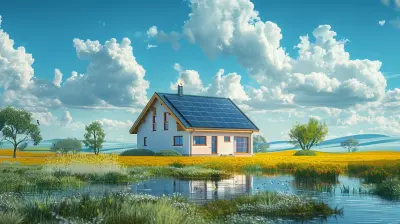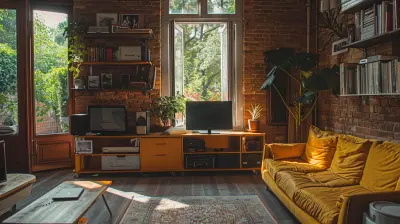Composting at Home: Creating a Sustainable Waste Cycle
4 August 2025
Have you ever thought about the amount of waste you generate daily? A significant portion of it consists of organic matter that could be repurposed into something beneficial—compost! Composting at home is a simple and rewarding way to reduce waste, enrich your soil, and contribute to a healthier planet.
If you're new to composting, don't worry—it's easier than you think. In this guide, we'll walk you through the process, bust some myths, and inspire you to create a sustainable waste cycle right in your backyard (or even inside your home).
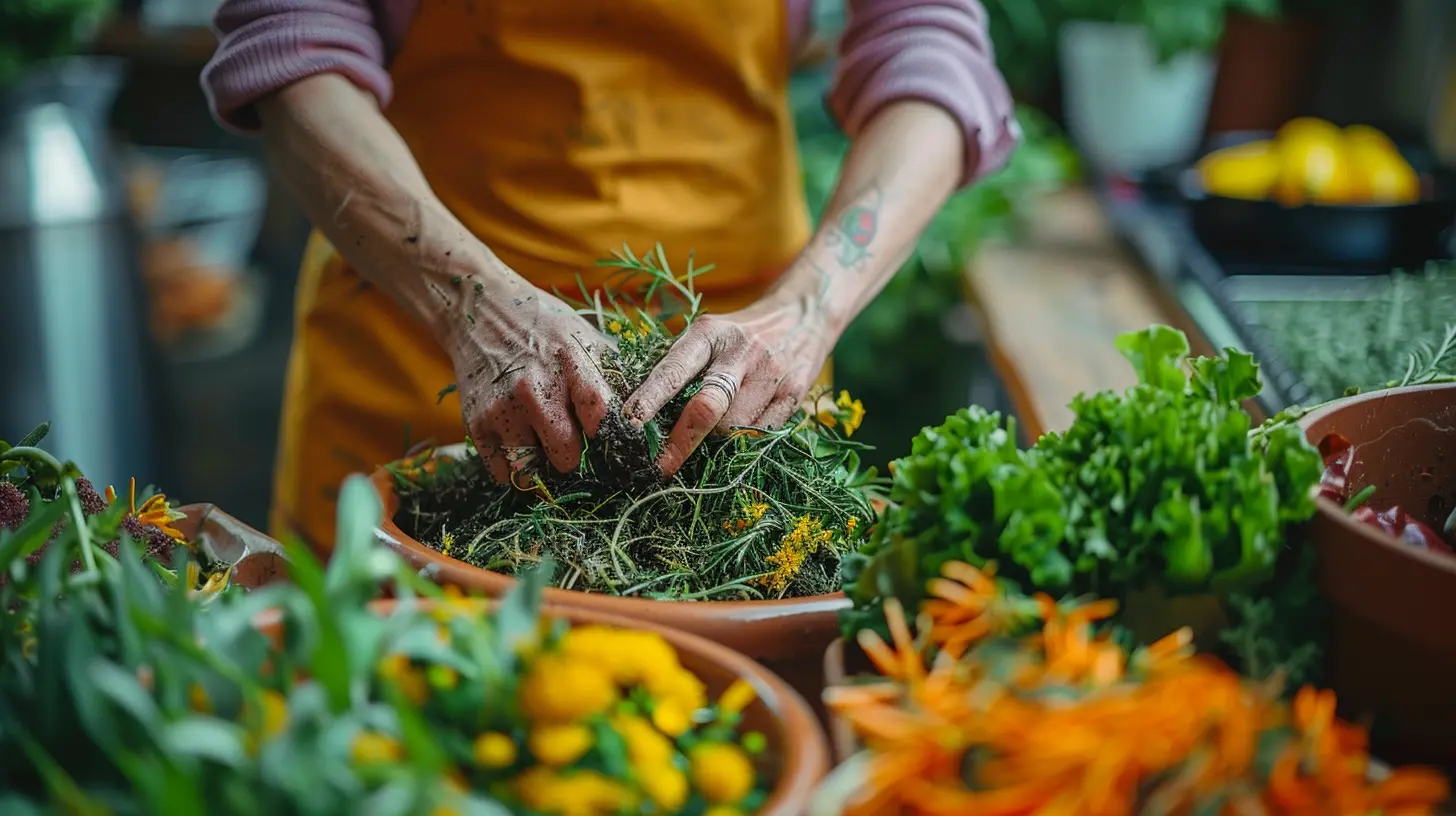
Why Composting Matters
Every day, tons of food scraps and yard waste end up in landfills, where they decompose and release methane—a powerful greenhouse gas. By composting, you can help reduce landfill waste, decrease pollution, and create nutrient-rich soil for your plants.But the benefits don’t stop there. Composting helps retain soil moisture, reduces the need for chemical fertilizers, and encourages the growth of beneficial microbes. It's a win-win for both you and the environment!

Getting Started with Composting at Home
Composting might sound like a science experiment, but trust me—it's as easy as making a cup of coffee! Here’s how you can begin:1. Choose Your Composting Method
Before you dive in, decide which composting method works best for your lifestyle and space:- Backyard Composting – Ideal if you have outdoor space. This involves piling organic materials in a compost bin or heap.
- Vermicomposting – Uses worms (yes, worms!) to break down food scraps into nutrient-rich compost. Perfect for small spaces or indoor composting.
- Bokashi Composting – A fermentation-based method that allows you to compost all food waste, including meat and dairy.
- Composting Tumblers – Great for those who want a tidier, faster process. These enclosed bins help speed up decomposition.
2. Pick the Right Spot
If you're composting outdoors, choose a well-drained area with partial sunlight. Accessibility is key—you’ll want to be able to drop off food scraps easily and turn the compost when needed.3. Gather Your Composting Materials
Composting is all about balance. You’ll need a mix of:- Greens (Nitrogen-Rich) – These include fruit and vegetable scraps, coffee grounds, and grass clippings. They provide moisture and proteins for microorganisms to thrive.
- Browns (Carbon-Rich) – Think leaves, paper, cardboard, and straw. These materials provide structure and help aerate the compost.
A simple rule of thumb: Aim for a 2:1 ratio of browns to greens to maintain the right balance.
4. Avoid Composting These Items
Not everything belongs in the compost pile. Avoid adding:- Meat, dairy, and oily foods (they attract pests and cause odor issues)
- Diseased plants (to prevent spreading pathogens)
- Pet waste (contains harmful bacteria)
- Non-biodegradable items like plastic, glass, or metal
5. Maintain Your Compost Pile
To keep your compost healthy and decomposing efficiently, remember these key steps:- Turn It Regularly – This helps aerate the pile, speeding up decomposition.
- Keep It Moist – A good compost pile should feel like a wrung-out sponge. If it’s too dry, add water; if it’s too wet, add more browns.
- Watch for Odors – A well-balanced compost pile shouldn’t smell bad. If it does, adjust the mix of greens and browns.
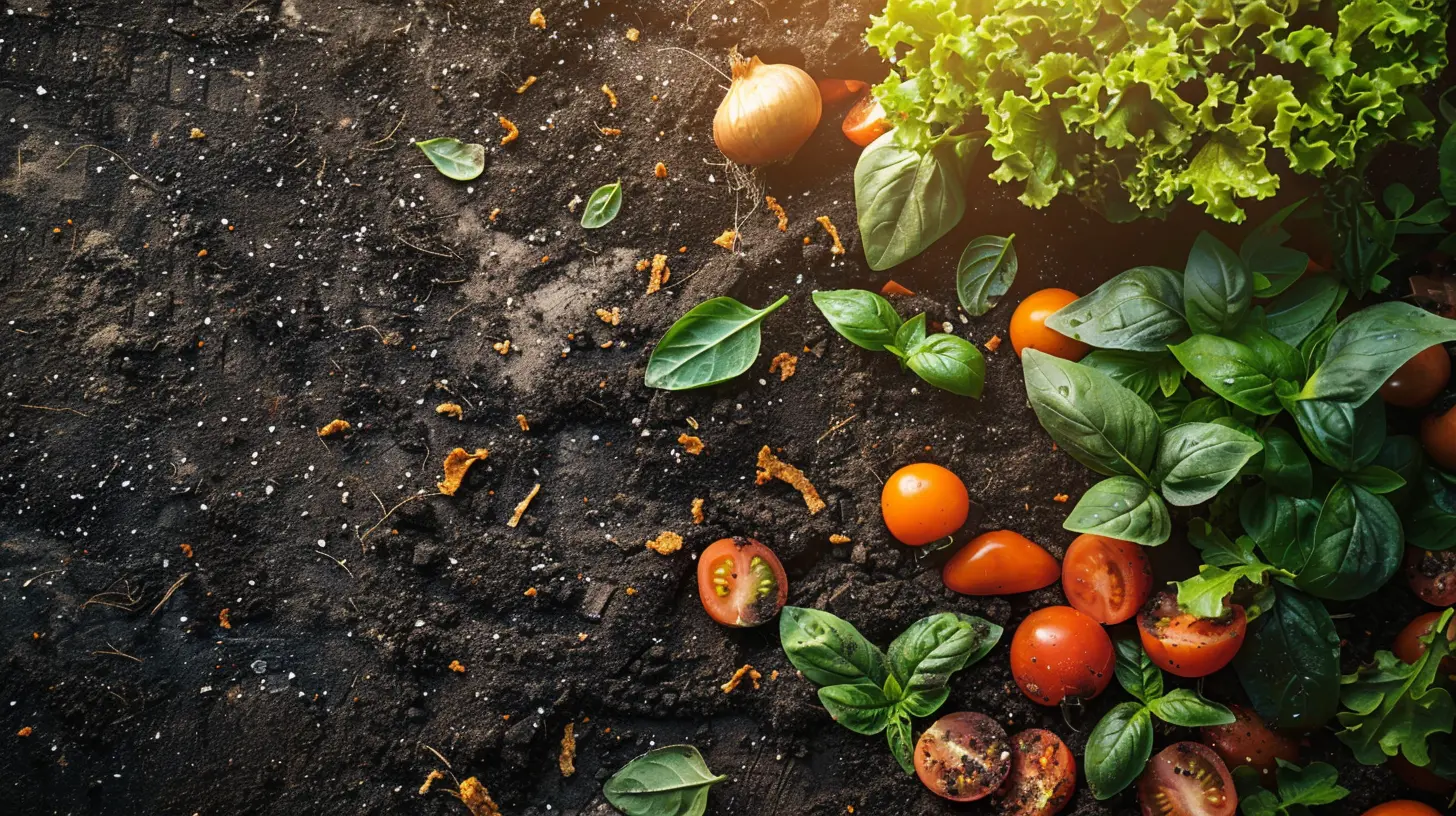
The Magic of Finished Compost
After a few weeks to months, your pile will transform into dark, earthy-smelling compost. This is black gold for your garden!How to Use Your Compost
- For Gardening: Mix compost into your soil for a nutrient boost.- As Mulch: Spread compost on top of garden beds to retain moisture and suppress weeds.
- For Houseplants: Add a small amount to indoor plants to improve soil health.
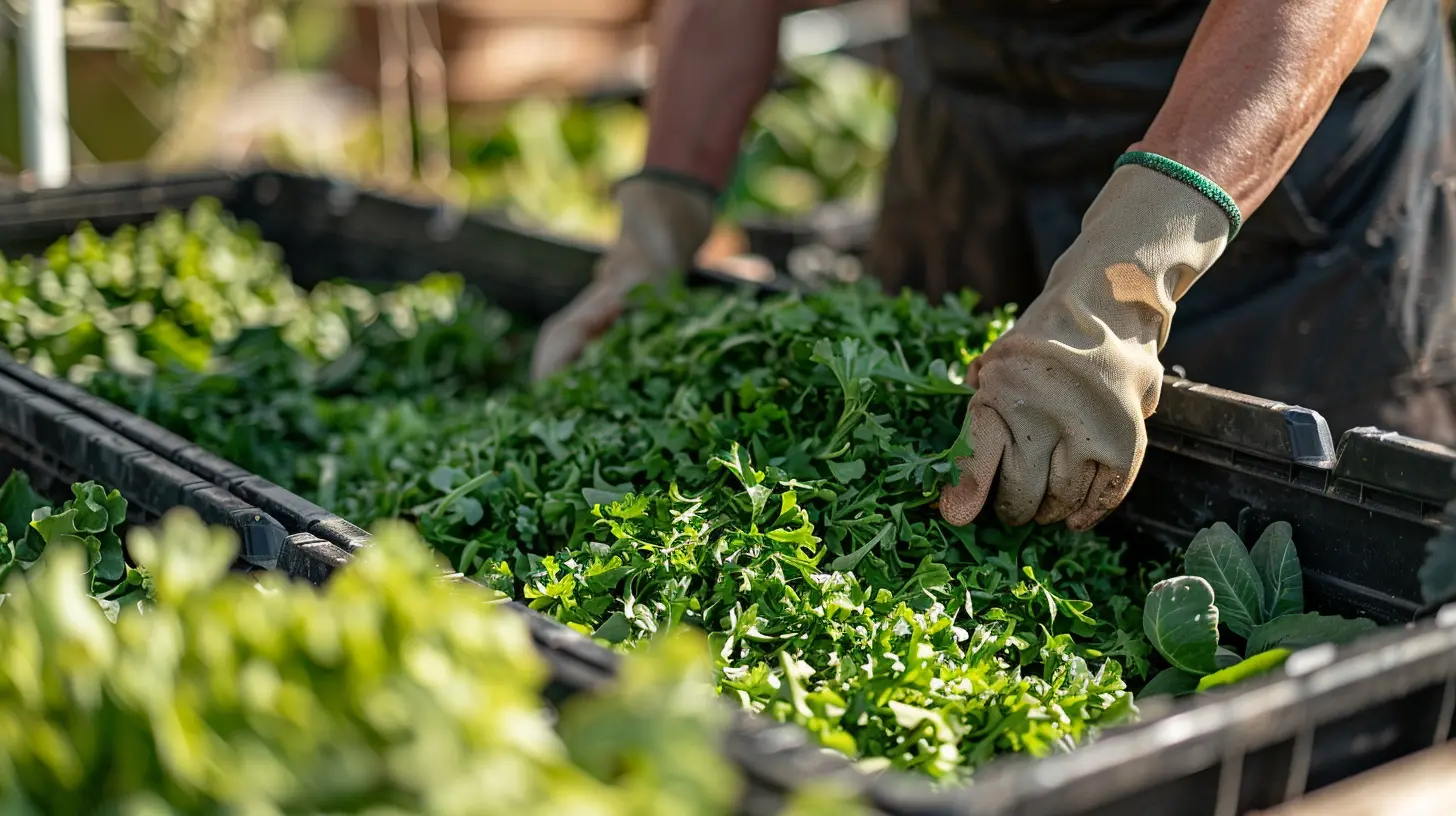
Troubleshooting Common Composting Problems
Even the best composters run into issues. Here are some common problems and their solutions:- Bad Odor? Add more browns to balance out excessive moisture and green materials.
- Pile Too Dry? Sprinkle some water and mix it up.
- Slow Decomposition? Chop scraps into smaller pieces and turn the pile more often.
Composting in Small Spaces
Don't have a backyard? No problem! You can compost in an apartment using:- Worm Bins – These take up little space and work great indoors.
- Bokashi Bins – A fantastic solution for under-the-sink composting.
- Countertop Compost Bins – Collect food scraps and transfer them to a community composting facility.
The Bigger Picture: Why Composting is a Game-Changer
Composting isn’t just about reducing personal waste—it’s about rethinking our relationship with nature. When we compost, we participate in a natural cycle that’s been happening for millions of years. We’re putting nutrients back into the earth rather than contributing to overflowing landfills.Imagine a world where communities compost collectively, cities integrate composting programs, and businesses prioritize sustainability. By starting in our homes, we’re taking a small but significant step toward that vision.
Final Thoughts
Composting at home is one of the easiest yet most impactful ways to live sustainably. Whether you have a big backyard or a tiny apartment, you can turn your food scraps into something valuable.So, what are you waiting for? Start today and become a part of the sustainable waste cycle. Your plants, the environment, and future generations will thank you!
all images in this post were generated using AI tools
Category:
Sustainable HousingAuthor:

Travis Lozano
Discussion
rate this article
1 comments
Loretta Stewart
Great article! Composting at home is like giving Mother Earth a big hug. Not only does it turn kitchen scraps into garden gold, but it also helps reduce waste and grow healthier plants. Let’s turn trash into treasure and cultivate a greener future together—one compost bin at a time!
August 18, 2025 at 3:26 AM

Travis Lozano
Thank you! I'm glad you enjoyed the article and share the passion for composting. Together, we can certainly nurture a healthier planet!
